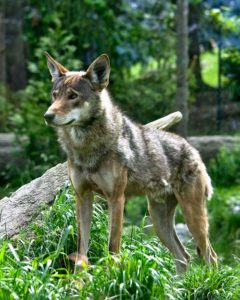Wildlife Wednesday: Gardening With Native Wildflowers
By the time you sit down to read this, Spring wildflowers will already be in bloom. Blessed as we are with temperate short winters, we are also blessed with an early and long blooming season for wildflowers in the Houston area. This is important to a wide variety of pollinators, animals who feed on flower nectar and pass pollen between flowers. It’s Important to resident animals to sustain themselves, and to migrants on their migratory journeys North. This not only happens in the wild, but is something we can contribute to, by planting and maintaining native wildflowers in pollinator gardens around our homes and businesses. With that in mind, lets have a look at a few species you can easily grow in the garden.
First, let’s define the terms discussed here. “Wildflowers” refers to plants that normally grow on their own out in nature, without needing our care, and not flowers whose current forms have been developed in the nursery industry. For our purposes, if a flower is generally unchanged from its wild form, even if bought at a nursery, we’ll call it a wildflower.
“Native” simply means that its from this region (ie. “Texas native”). Native, and generally unchanged in form (unlike some nursery trade cultivars) is important, because many of our native pollinators already know how to use and feed from native plants, and may not know how to navigate certain flowers from elsewhere. This renders some garden plants as pretty, but generally unhelpful to wildlife.
Indian Blanket (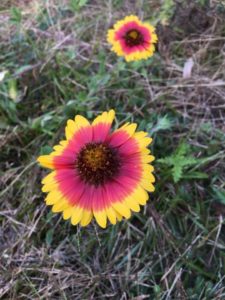 Gaillardia pulchella) aka Firewheel is a colorful relative of daisies and sunflowers. Popular with bees and butterflies, these showy flowers bloom from late February through December. The long blooming period of this annual, hardiness, and wide appeal to a variety of pollinators make it perfect for home gardens. They only grow 1 – 2 ft tall.
Gaillardia pulchella) aka Firewheel is a colorful relative of daisies and sunflowers. Popular with bees and butterflies, these showy flowers bloom from late February through December. The long blooming period of this annual, hardiness, and wide appeal to a variety of pollinators make it perfect for home gardens. They only grow 1 – 2 ft tall.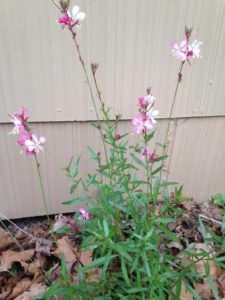
Butterfly Gaura (Gaura lindheimeri), as the name would suggest, is popular with a number of butterfly species. They grow tall flower stems topped with delicate white and pink flowers. It goes well behind other shorter plants, and is tolerant of full sun and part shade. Guara blooms from April to November.
Lemon Beebalm (Monarda citriodora) and 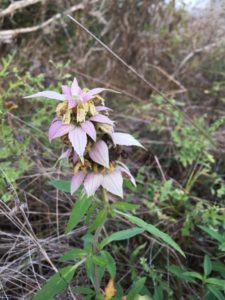 (Monarda punctata) are both very popular with large bees and butterflies, and they are gorgeous complex flowers. Beebalms grow from April – July. They’re in the mint family, and have a history of medicinal use. They are perennials, coming back from root stock the next season.
(Monarda punctata) are both very popular with large bees and butterflies, and they are gorgeous complex flowers. Beebalms grow from April – July. They’re in the mint family, and have a history of medicinal use. They are perennials, coming back from root stock the next season.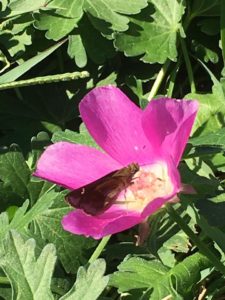
Winecups (Callirhoe involcrata) are native ground creeping mallow (Hibiscus) that grows open shallow wine colored flowers that are appealing to a wide variety of bees, beetles, an smaller butterflies that may not be able to feed from some larger or deeper flowers. Each plant grows 8-12 inches tall and spread out to 3 feet. Its a perennial that grows through the Spring, and again in late summer and early fall.
March is a good time to get these plants in the ground, or plant seeds for flowers coming up in late Spring, Summer, and Fall. Check your locally owned nurseries for native plants, and check out the leftover plants from last weekend’s Bellaire Garden Club plant sale, still available in our back 40 area, at the Nature Discovery Center.
Also, call the Center for more details about upcoming nature hikes at 713.667.6550.
Thanks for joining us, and see you out in the park!
Eric Duran
Staff Naturalist
Photographs by Eric Duran (Top-most image is of Aquatic Milkweed, Asclepias perennis, a native milkweed, that is beginning to bloom at the edge of the pocket prairie garden in the park. It’s difficult to find for sale, but its worth planting for the Monarchs, if you do find it!)


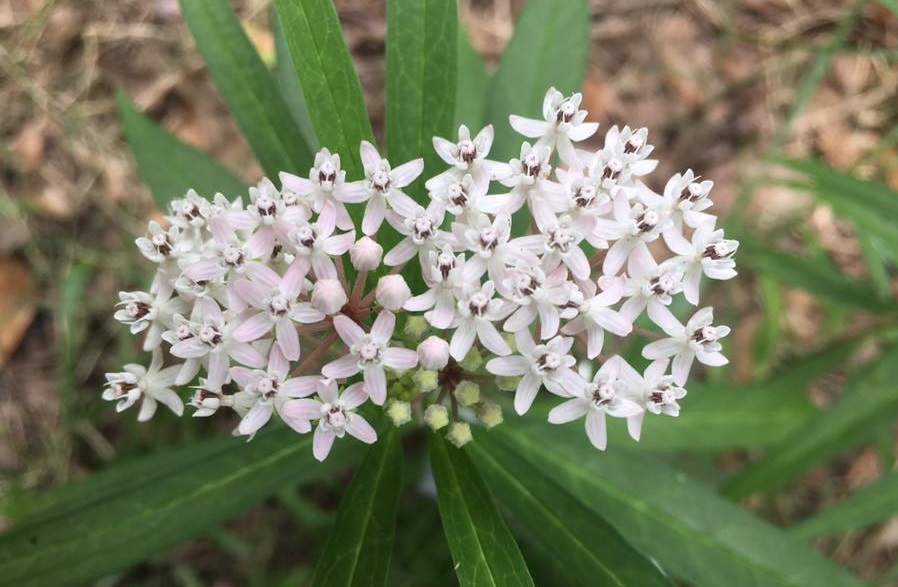
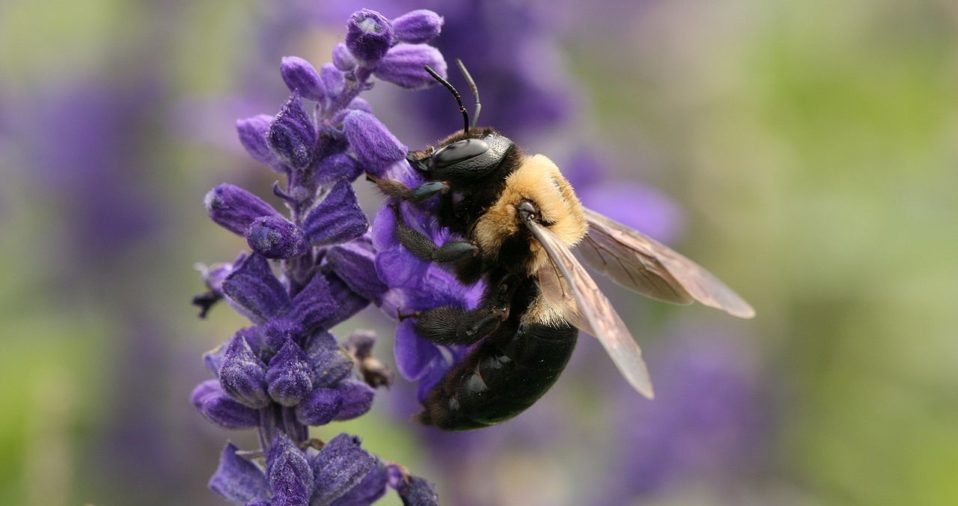
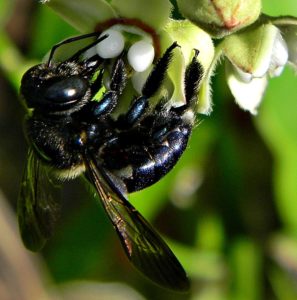
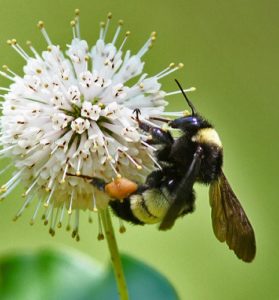
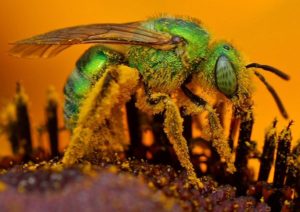

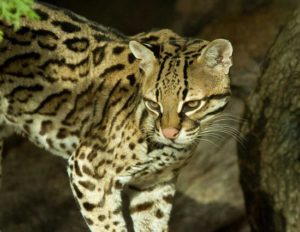 While most people think of Ocelots (Leopardus pardalis) as creatures of Central and South American rainforests, these medium sized predators actually inhabit a variety of habitats, including deserts and grasslands, and once roamed our prairies. Today we have an extremely small population of possibly around 50 in the Southern tip of Texas, but they once ranged up the Texas coast all the way to Easternmost Louisiana. These spotted cats were driven to extinction in the state through overhunting and destruction of habitat, but have been reestablished in in the Lower Rio Grande Valley through conservation efforts by landowners, environmental groups, and government agencies, like the U.S. Fish & Wildlife Service.
While most people think of Ocelots (Leopardus pardalis) as creatures of Central and South American rainforests, these medium sized predators actually inhabit a variety of habitats, including deserts and grasslands, and once roamed our prairies. Today we have an extremely small population of possibly around 50 in the Southern tip of Texas, but they once ranged up the Texas coast all the way to Easternmost Louisiana. These spotted cats were driven to extinction in the state through overhunting and destruction of habitat, but have been reestablished in in the Lower Rio Grande Valley through conservation efforts by landowners, environmental groups, and government agencies, like the U.S. Fish & Wildlife Service.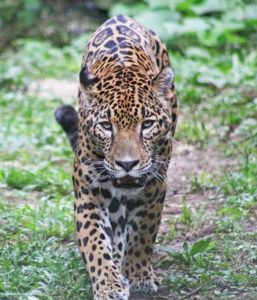
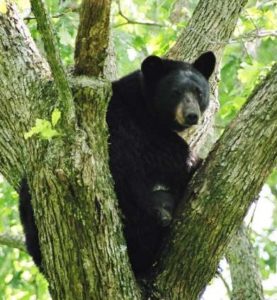 Louisiana Black Bears (
Louisiana Black Bears (